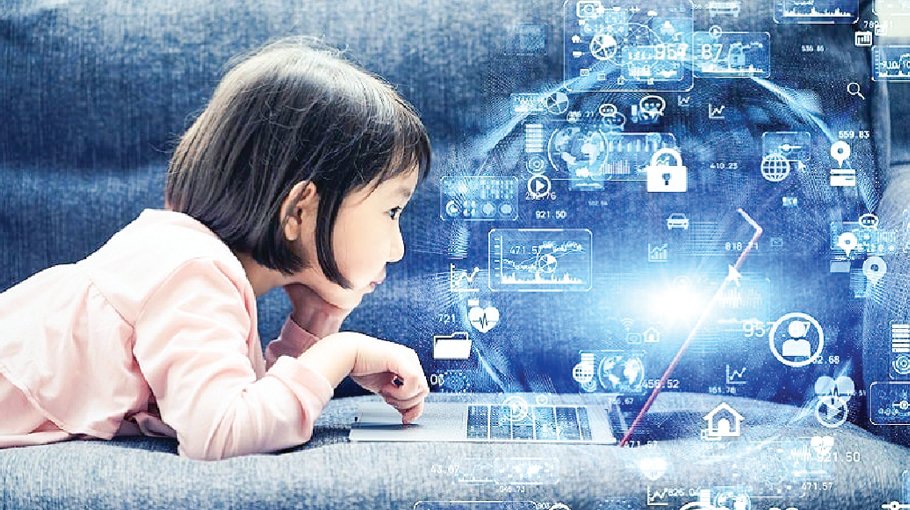Transforming education with technology for a sustainable campus

Technology has the power to revolutionize education, transcending traditional boundaries and bringing new opportunities for learning. One of the significant benefits of technology in education is its ability to enrich the learning experience, accommodating different learning styles and making education more inclusive and personalized. Through interactive multimedia content, simulations, and virtual reality applications, students can engage with complex concepts in innovative and exciting ways. This fosters creativity, critical thinking, and problem-solving skills, as students are encouraged to explore, experiment, and collaborate in a digital learning environment.
Embracing technology in education can play a crucial role in addressing limited access to educational facilities in remote regions. With the advent of digital tools, online platforms, and immersive technologies, students can access high-quality educational resources regardless of their geographical location. Virtual classrooms and learning platforms can bridge the gap between the haves and have-nots, ensuring that no student is left behind and that quality education reaches even the most underserved communities. By providing remote access to educational resources and opportunities, technology-enabled education can democratize learning and contribute to a more inclusive society, for instance for learners with disabilities.
Building a technology-driven SDGs framework
The work must begin with reforming the education system to align with the needs of a technology-driven world.
Equitable e-tech: For a start, policymakers should address the digital divide, meaning prioritizing investments in digital infrastructure in schools, ensuring widespread internet connectivity and access to devices for students and educators. The Digital strategy aims to ensure universal access to high-speed internet across the country.
The government has initiated various programs to distribute laptops and tablets to students in need. For example, the Tablet for Students program was launched to provide tablets to secondary school students.
Digital skills framework: There are concerns about the lack of skills in the population to discern credible sources from misinformation and to think critically about the information they encounter. There is also a disconnect between the skills students acquire and the demands of the job market because the rapid pace of technological advancements makes it hard for educational institutions to keep up. At present, only half of Bangladeshi have basic digital literacy. The government has laid out an appropriately ambitious
Moreover, ICT is a subject in primary and secondary education and digital skills have been integrated in the curricula. At the primary school level, there is a dedicated ICT curriculum fostering an appreciation and understanding of how to use common applications as well as the role of ICT in society. Key digital competencies and skills that students need to acquire are listed progressively according to the grade level.
A dynamic and interesting learning environment can be produced by giving teachers the skills they need to integrate digital resources into their teaching strategies. With the right training, teachers can adopt innovative teaching techniques that make use of several digital technologies to convey material interactively and accommodate various learning preferences, thereby boosting student engagement. With technology, personalized learning experiences can be facilitated, tailoring educational content to individual students’ needs. Additionally, tech-savvy teachers can efficiently run classes, track student progress using data, and get pupils ready for the demands of the modern workforce. Striking a balance between technology use and traditional teaching methods that foster social and emotional development will be critical.



